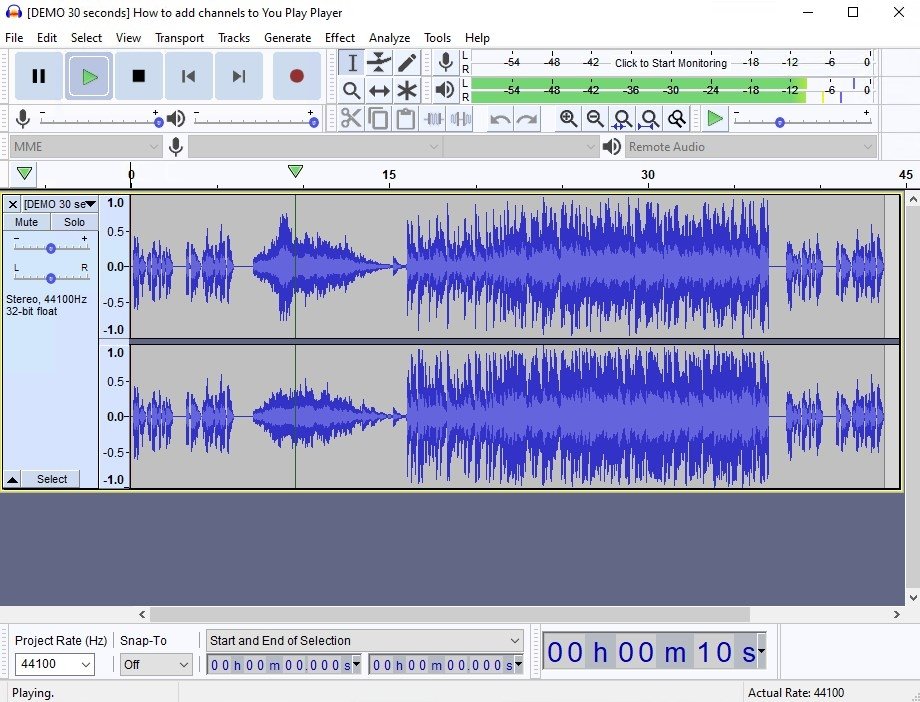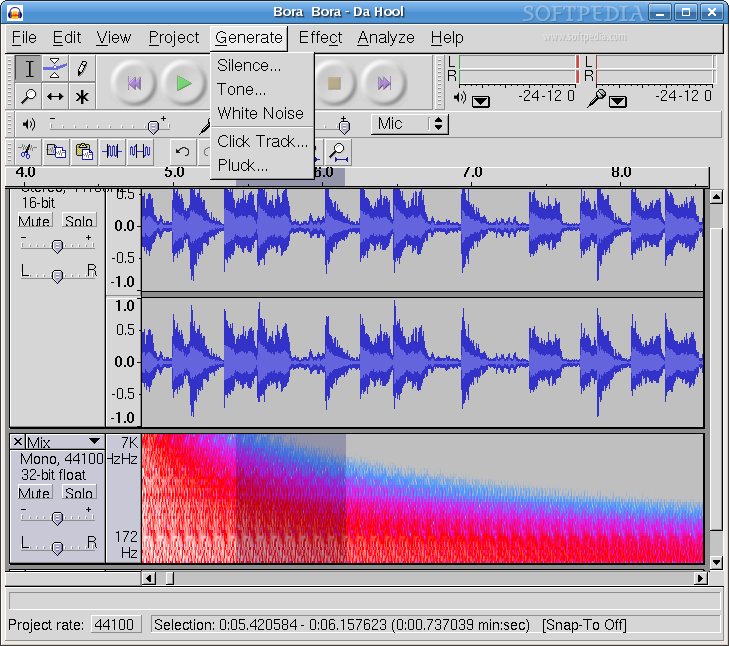

At the LAME Mp3 Encoder Download Page, click the link underne ath the operating system for your machine (ie. After you have located the Audacity download for your operating machine and saved th e file, scroll down to the bottom of the page and locate the 'Optional Downloads' section. May receive compensation from your actions through such links.Jun 26, 2020. Follow post may contain links to products or services with which I have an affiliate relationship and.

Subscribe on YouTube for video reviews, Q&A, and more.Join the Facebook Page and watch live podcasting Q&A on Mondays at 2pm (ET).Subscribe to The Audacity to Podcast on Apple Podcasts or.Ask your questions or share your feedback To help you launch or improve your podcast. Request a consultant here and I'll connect you with someone I trust

I no longer offer one-on-one consulting outside of Podcasters' Society, but (The OS X version incorrectly says “Ctrl” when it means “Cmd.”) Go to Mouse to learn, set, or change keyboard shortcuts associated with mouse tools.Go to Keyboard to learn, set, or change keyboard shortcuts.Go to the Audacity menu (OS X) or Edit menu (Windows) > Preferences.You can usually find these under the appropriate menu, on this cheat sheet, or adjust the keyboard shortcuts yourself. Learn keyboard shortcuts for anything you keep doing.
#AUDACITY DOWNLOAD FOR MAC HOW TO#
Learn how to setup and use Chains in Audacity to automate tasks and remember effect settings. Learn more about Label tracks from the Audacity manual.
You can also add a label during playback or recording by pressing Cmd- (OS X) or Ctrl-M (Windows/Linux). Delete a label by clicking on it and removing the text and pressing Backspace one final time. Expand a label's region by clicking and dragging one of the triangle handles.  Move a label by clicking and dragging the small circle. Labels can overlap and move with your multi-track selection, or with Sync-Lock Tracks enabled. Click in the new label track where you want your label to be, or select a region of audio you want labeled and press Ctrl-B (Windows/Linux) or Cmd-B (OS X). Go to the Tracks menu > Add New > Label Track. These help you mark and quickly find any portion you want to remember. To make navigating your project easier, use a Label track to add notes at certain points. This will sound crazy, but it could help you edit twice as quickly! 6. If you can listen to audio at chipmunk speed and pitch, then you can edit your audio faster by dragging the playback speed from the Transcription Toolbar. But if you edit forwards, then your proceeding times will be off-sync and make editing exponentially harder. Then edit these from end to beginning.īy editing backwards, your logged times will always be correct. While recording, keep a log of times where you need to edit (if necessary). The view will jump to your selected location. If it isn't, enable it through View menu > Toolbars > Selection Toolbar. Ensure the Selection Toolbar is activated. Quickly jump to a specific time in your project: Hold down Shift and use the scroll wheel to scroll horizontally across your timeline. Zoom with mouse wheel: hold down Cmd (OS X) or Ctrl (Windows) and use the scroll wheel. Fit all tracks vertically in the window: Shift-Cmd-F (OS X) or Shift-Ctrl-F (Windows). Fit the entire timeline in the window: Cmd-F (OS X) or Ctrl-F (Windows). Zoom to normal: Cmd-2 (OS X) or Ctrl-2 (Windows). Zoom out: Cmd-3 (OS X) or Ctrl-3 (Windows). Zoom in: Cmd-1 (OS X) or Ctrl-1 (Windows). Stopwatch photo credit: smaedli via Compfight cc 1. Learn how to edit audio projects much faster with simple tricks in Audacity. Podcast (video): Play in new window | Download
Move a label by clicking and dragging the small circle. Labels can overlap and move with your multi-track selection, or with Sync-Lock Tracks enabled. Click in the new label track where you want your label to be, or select a region of audio you want labeled and press Ctrl-B (Windows/Linux) or Cmd-B (OS X). Go to the Tracks menu > Add New > Label Track. These help you mark and quickly find any portion you want to remember. To make navigating your project easier, use a Label track to add notes at certain points. This will sound crazy, but it could help you edit twice as quickly! 6. If you can listen to audio at chipmunk speed and pitch, then you can edit your audio faster by dragging the playback speed from the Transcription Toolbar. But if you edit forwards, then your proceeding times will be off-sync and make editing exponentially harder. Then edit these from end to beginning.īy editing backwards, your logged times will always be correct. While recording, keep a log of times where you need to edit (if necessary). The view will jump to your selected location. If it isn't, enable it through View menu > Toolbars > Selection Toolbar. Ensure the Selection Toolbar is activated. Quickly jump to a specific time in your project: Hold down Shift and use the scroll wheel to scroll horizontally across your timeline. Zoom with mouse wheel: hold down Cmd (OS X) or Ctrl (Windows) and use the scroll wheel. Fit all tracks vertically in the window: Shift-Cmd-F (OS X) or Shift-Ctrl-F (Windows). Fit the entire timeline in the window: Cmd-F (OS X) or Ctrl-F (Windows). Zoom to normal: Cmd-2 (OS X) or Ctrl-2 (Windows). Zoom out: Cmd-3 (OS X) or Ctrl-3 (Windows). Zoom in: Cmd-1 (OS X) or Ctrl-1 (Windows). Stopwatch photo credit: smaedli via Compfight cc 1. Learn how to edit audio projects much faster with simple tricks in Audacity. Podcast (video): Play in new window | Download








 0 kommentar(er)
0 kommentar(er)
